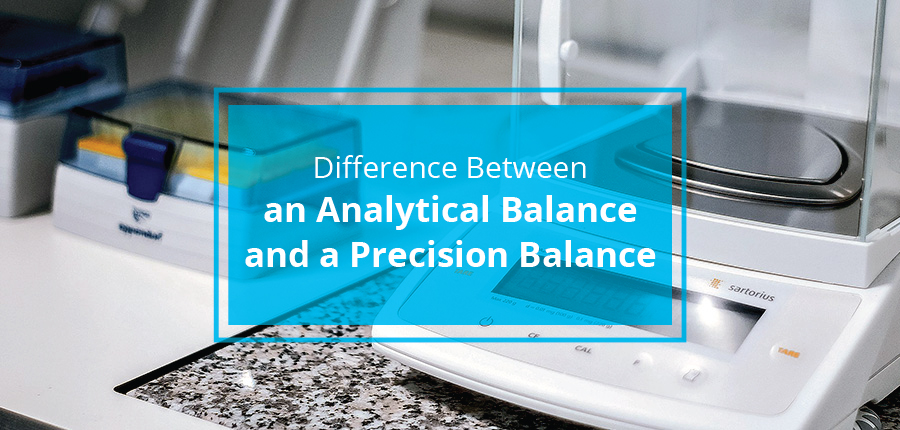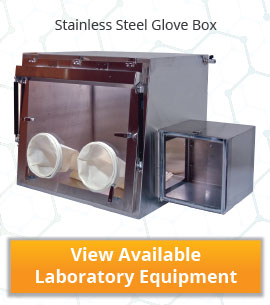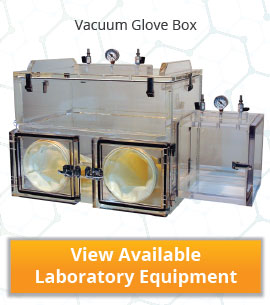
What is the difference between an Analytical Balance and a Precision Balance?
There are many types of laboratory balances available to choose from. Each with different features and recommendation for use. Before purchasing a balance here are a few questions to consider when purchasing new laboratory equipment. The application that will be measured, the maximum capacity needed, and the accuracy needed. In today’s article, we will be covering the differences between an analytical balance and a precision balance.
Analytical Balance
Analytical balances have been designed to measure small mass at great precision. Typically used in quantitative chemical analysis, analytical balances are extremely sensitive and are able to measure four decimal places to the right of the decimal point and capable of measure samples up to 320g. An analytical balance is so sensitive air currents can affect the measurement. A draft shield is provided to prevent inaccurate readings. A dedicated space should be designated to prevent environmental interference. Analytical balances require frequent calibration and need to be monitored carefully. Most balances include an automatic internal motorized calibration weight. External weights can also be used for calibration. These balances are used in chemistry and pharmaceutical applications.
Precision Balance
Precision balances also known as top-loading balances are capable of measuring up to 200g and cost less than analytical balances. These balances are considered as semi-analytical since they are less accurate than a standard analytical balance with a readability of up to three decimal places to the right of the decimal point. They are also not affected by environmental conditions and give a readout within seconds.
Conclusion, for extream accuracy an analytical balance is a better choice for your laboratory. An analytical balance will measure the accuracy of 0.0001 to 0.00001g. If extream accuracy is not important a top-loading balance will work just fine in measuring the accuracy of 0.001g. There are many other types of balances available on the market not covered in today’s article. But we encourage you to research the following an analytical or precision balance do not meet your laboratory needs.
Other types of lab balances
- Equal Arm Balance
- Platform Scale
- Spring Balance
- Torsion Balance
- Triple-Beam Balance



